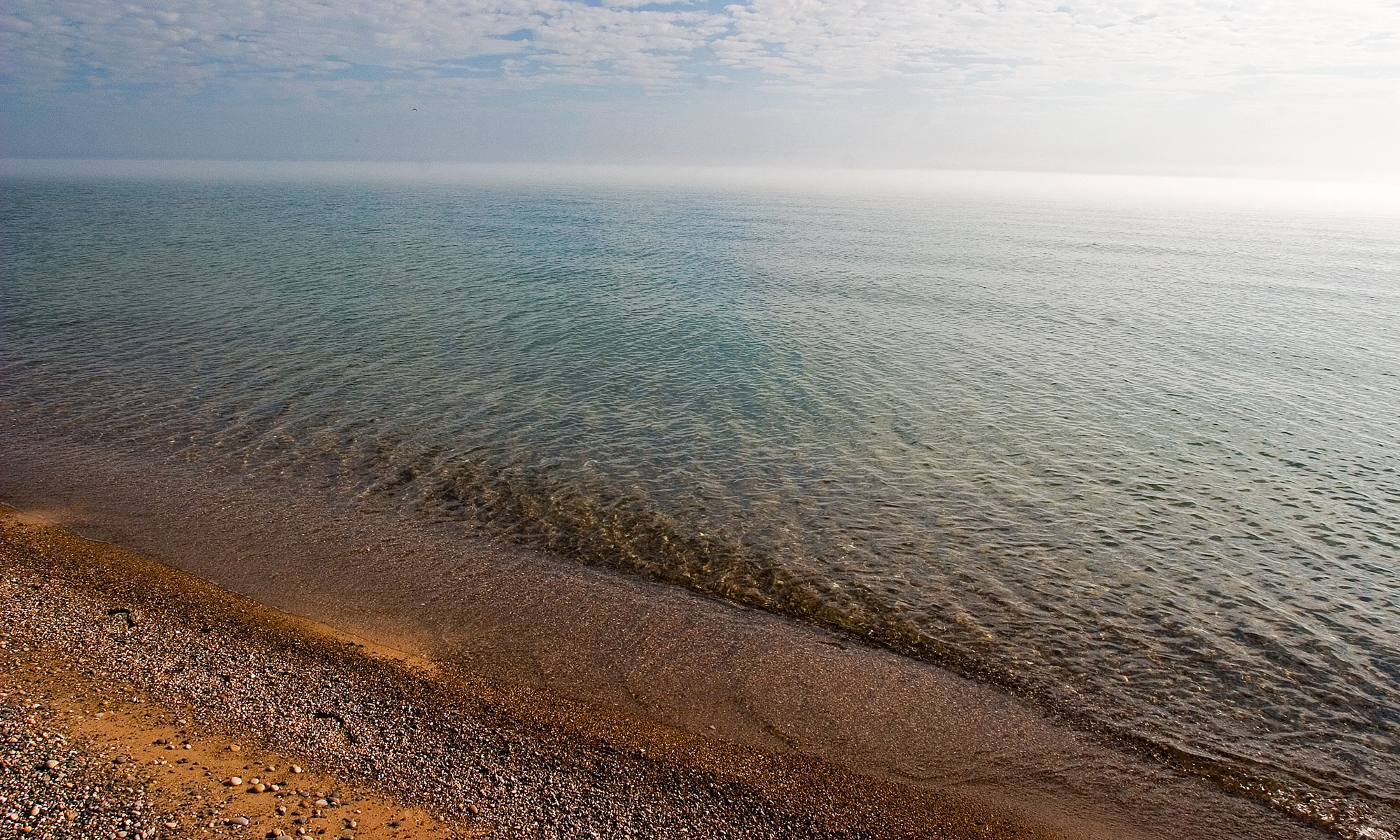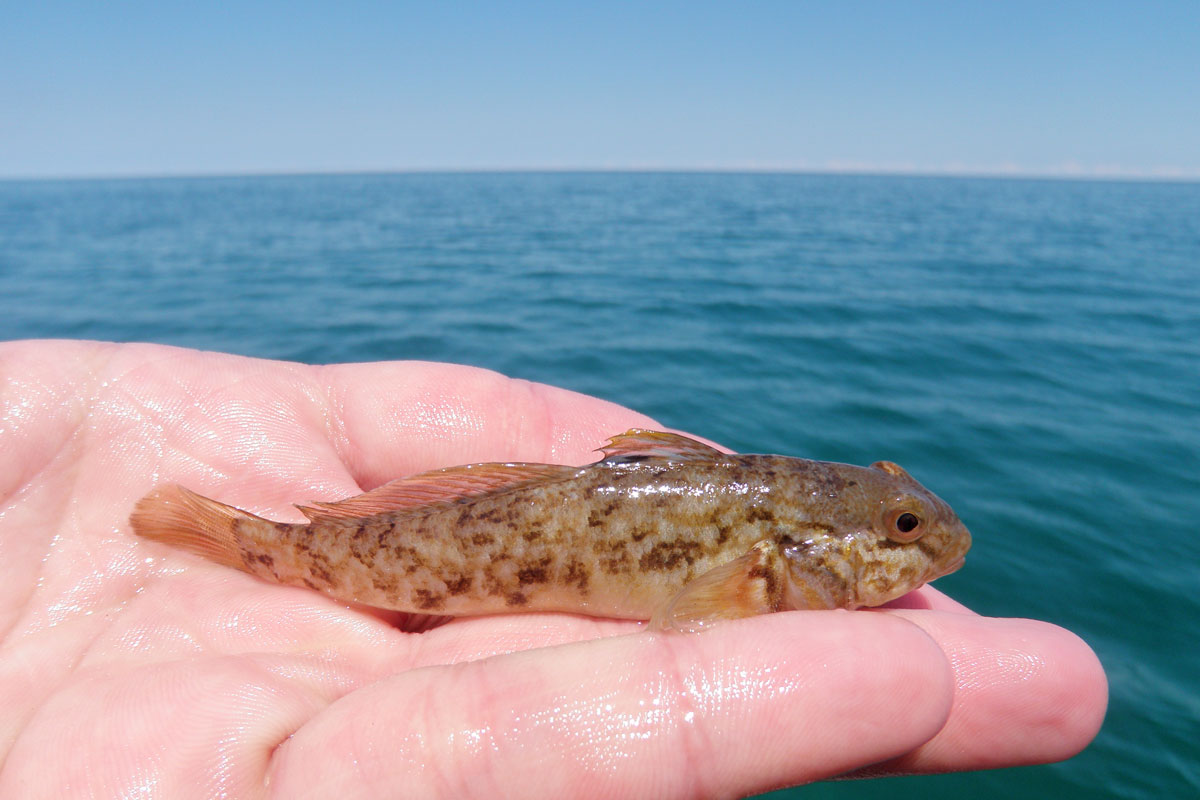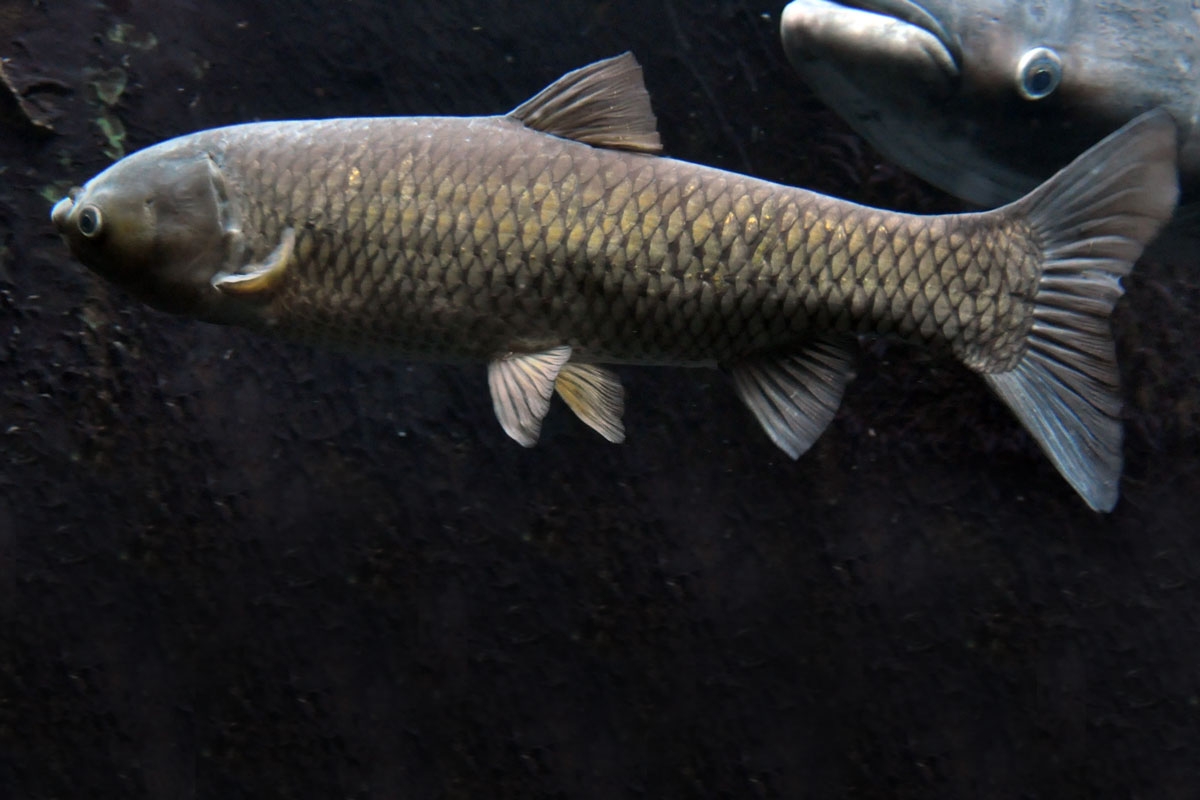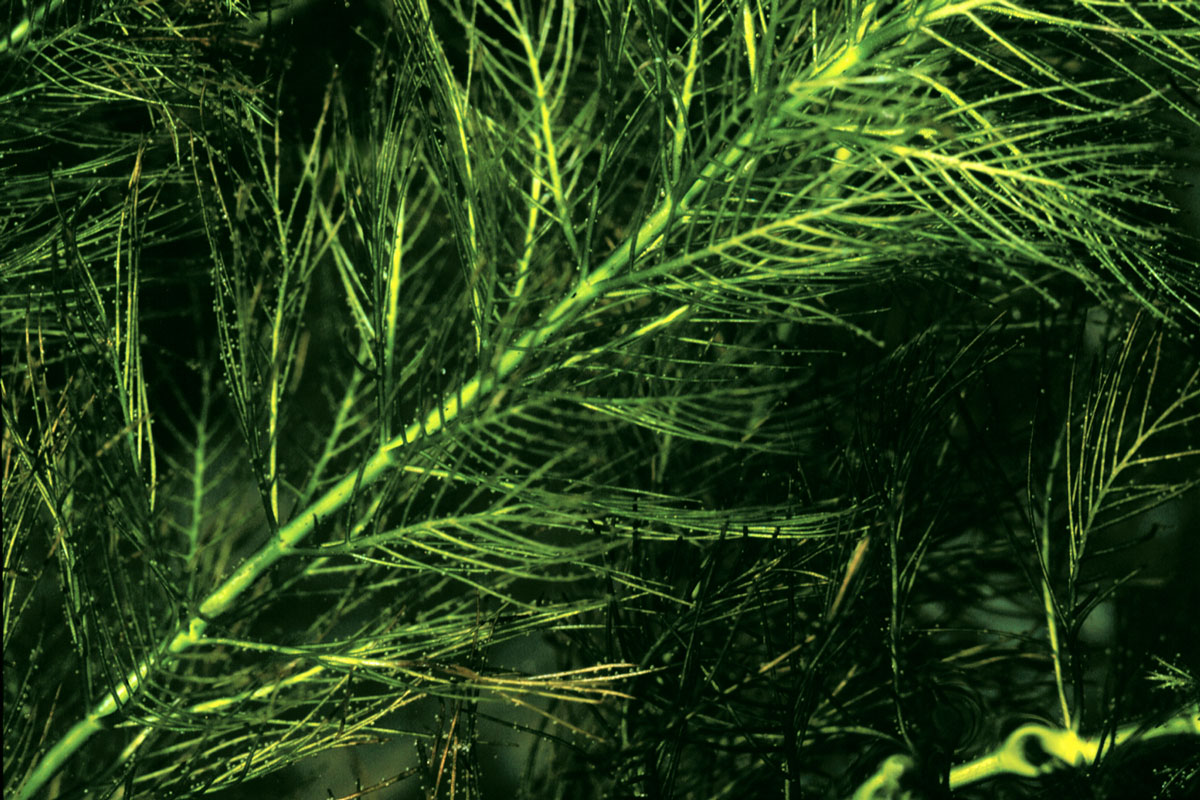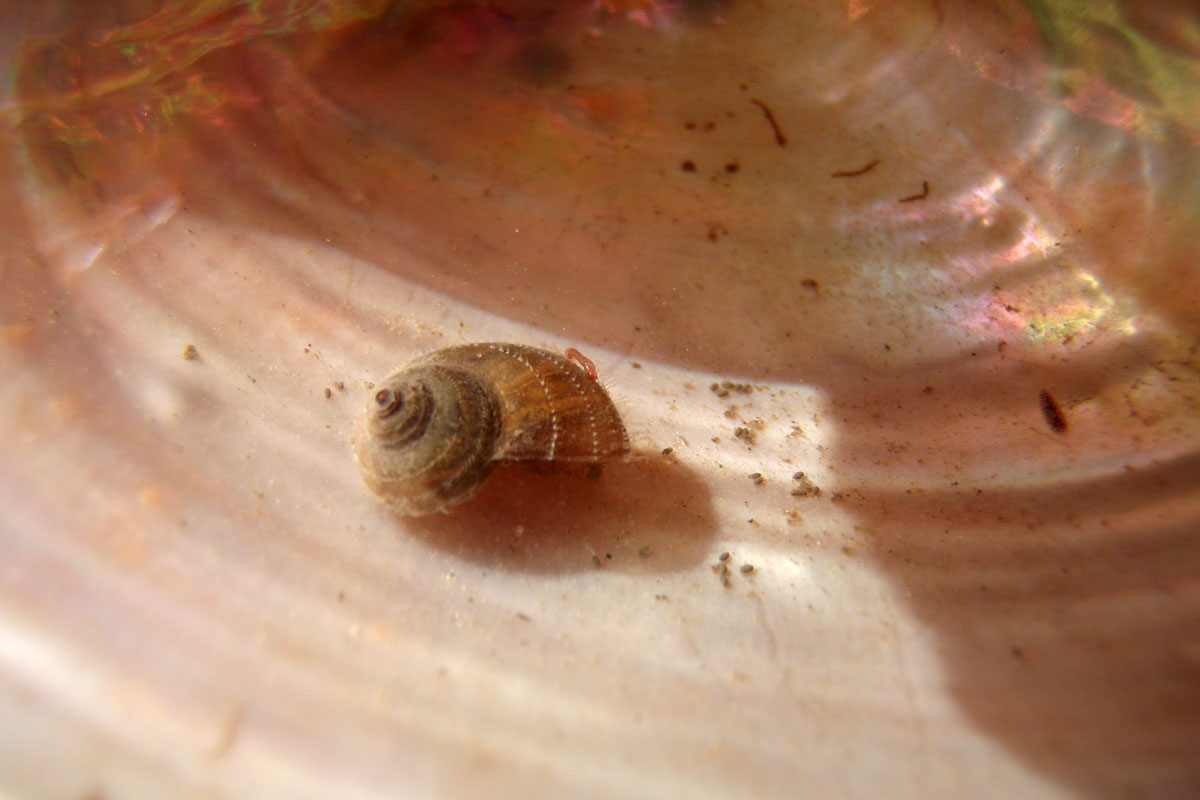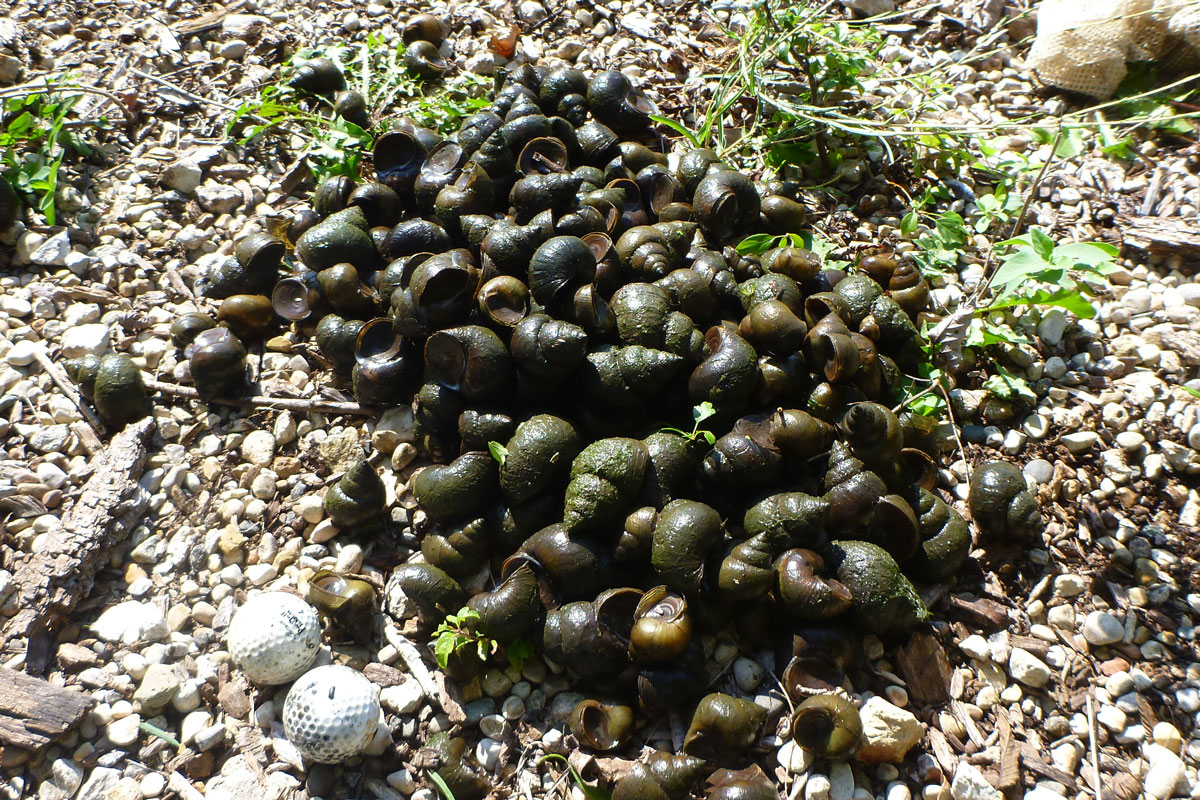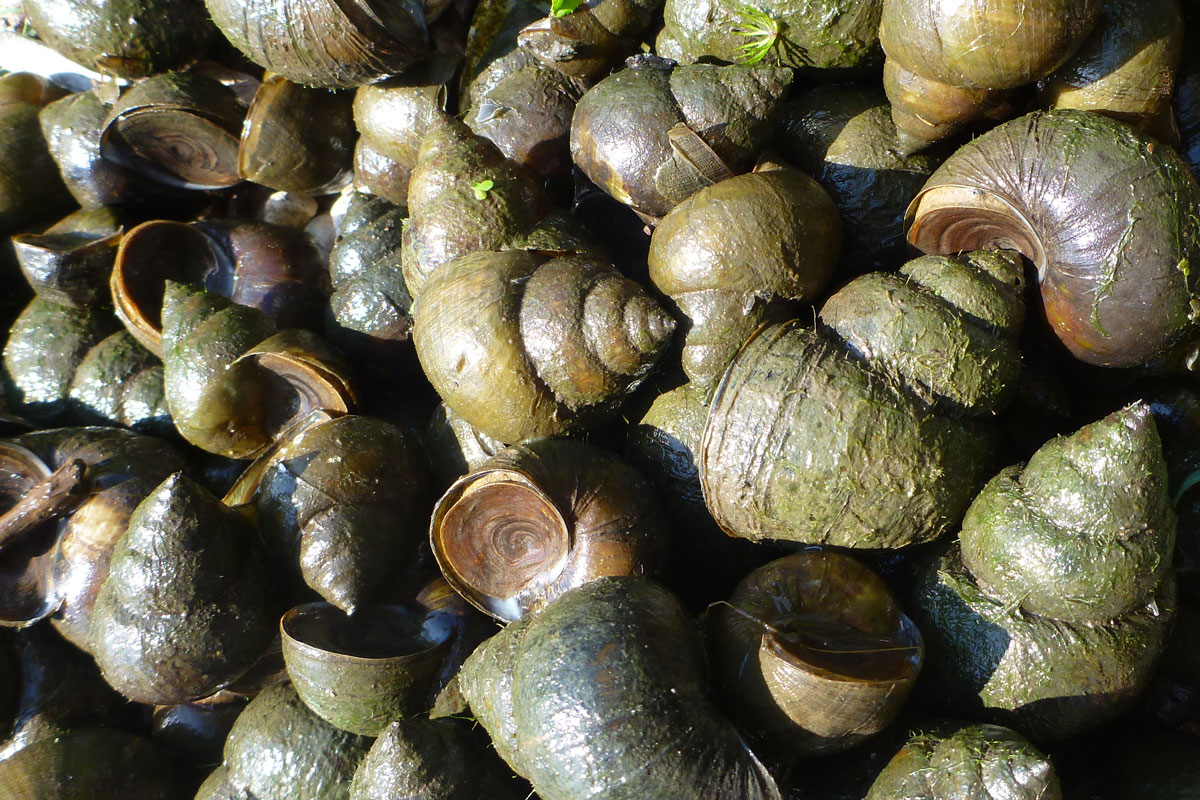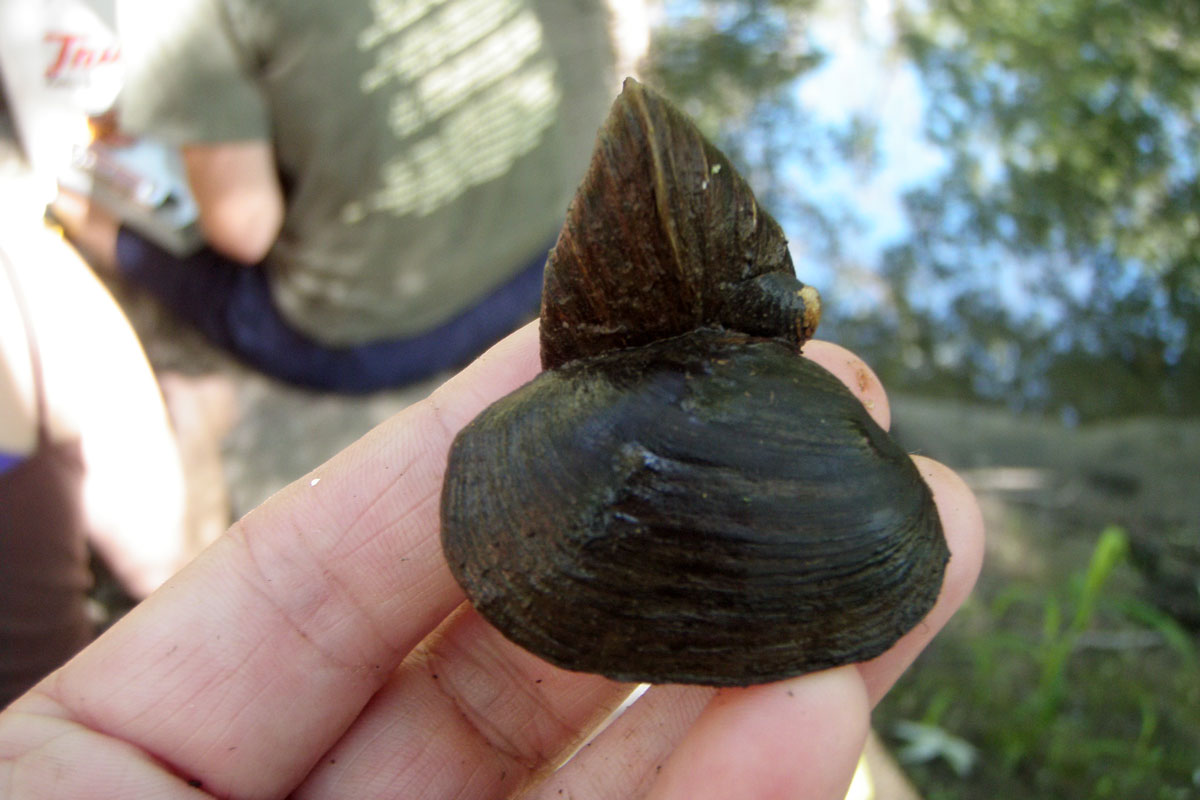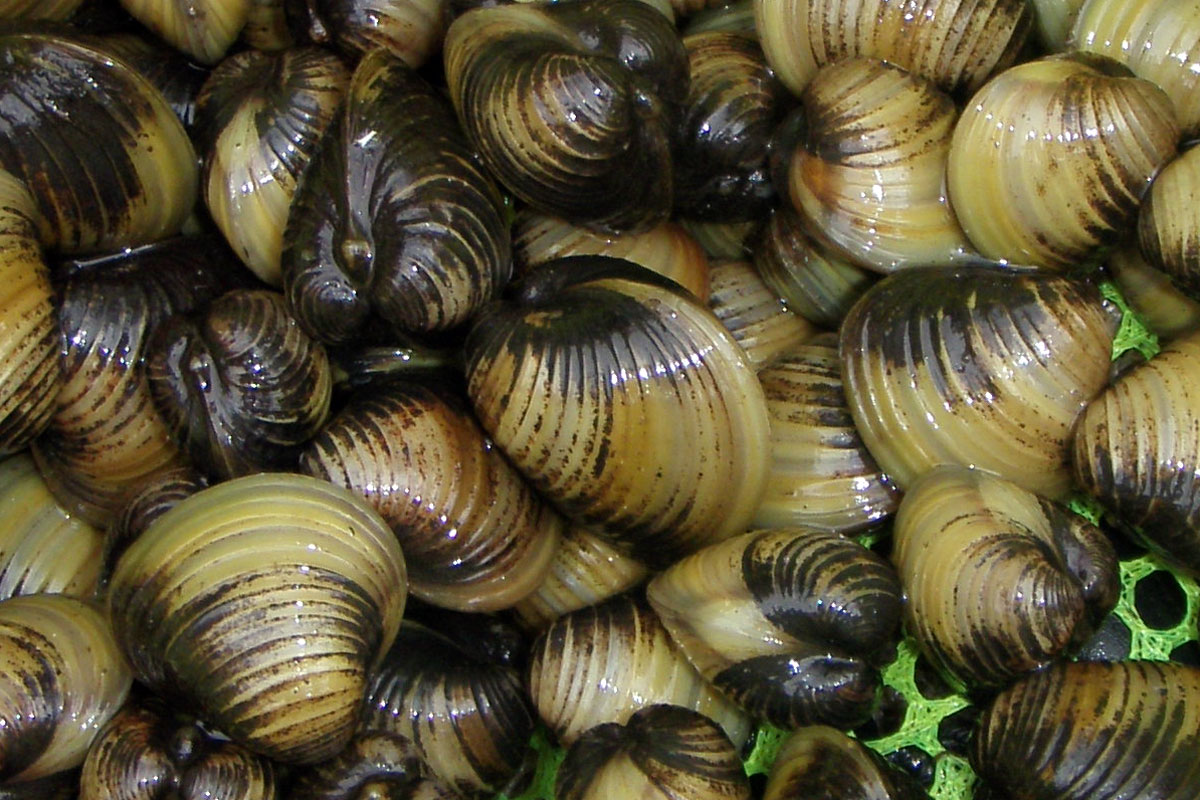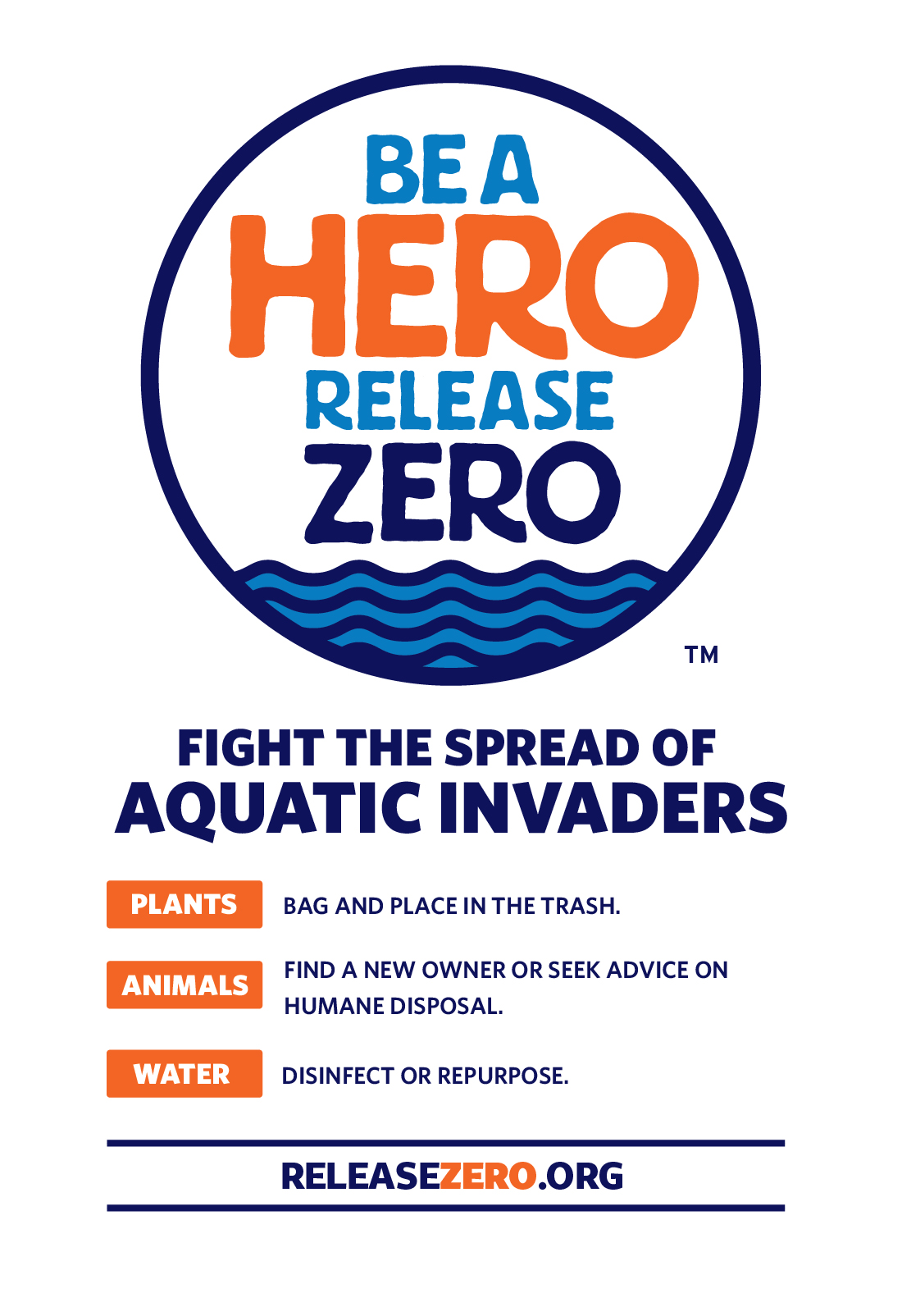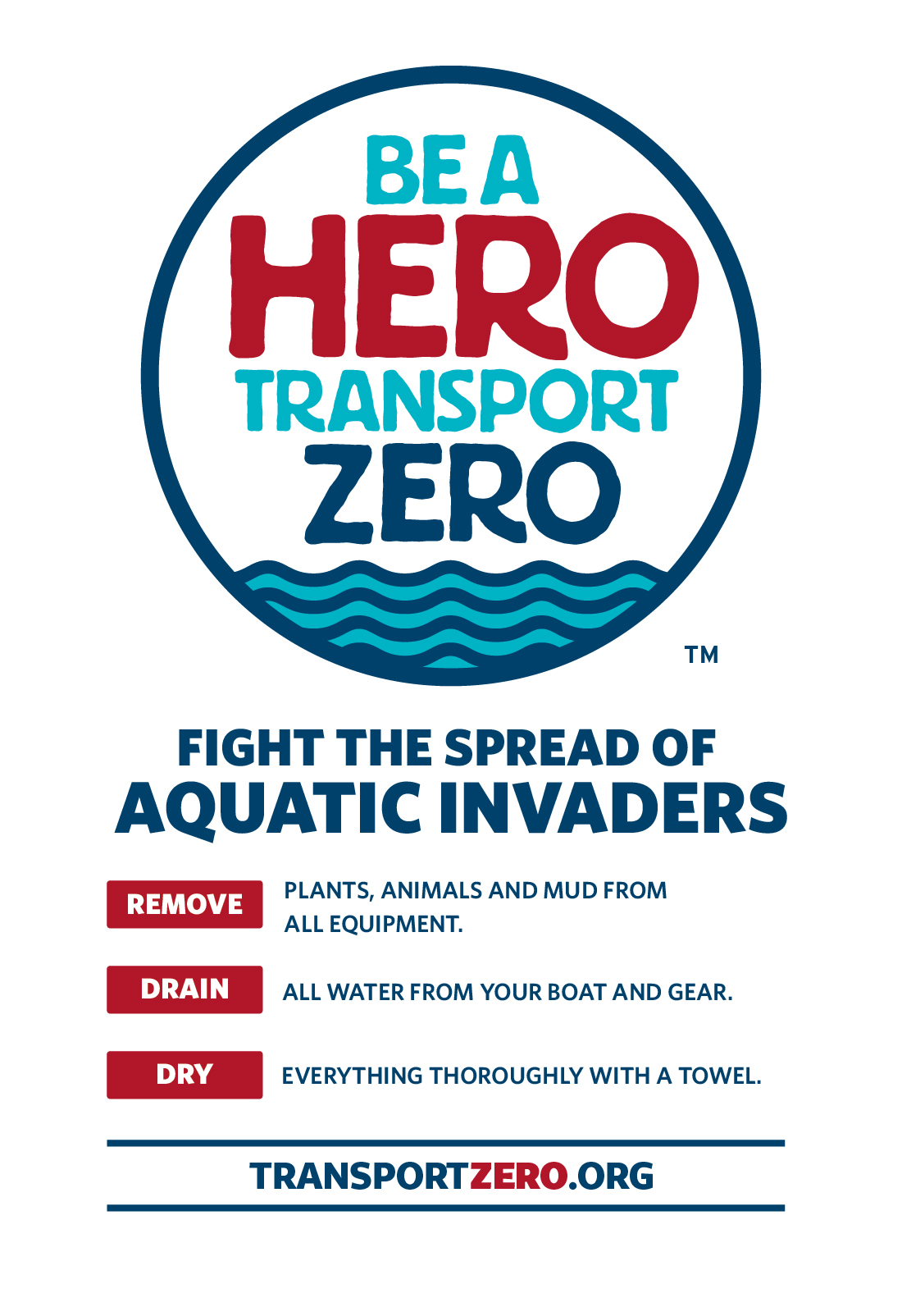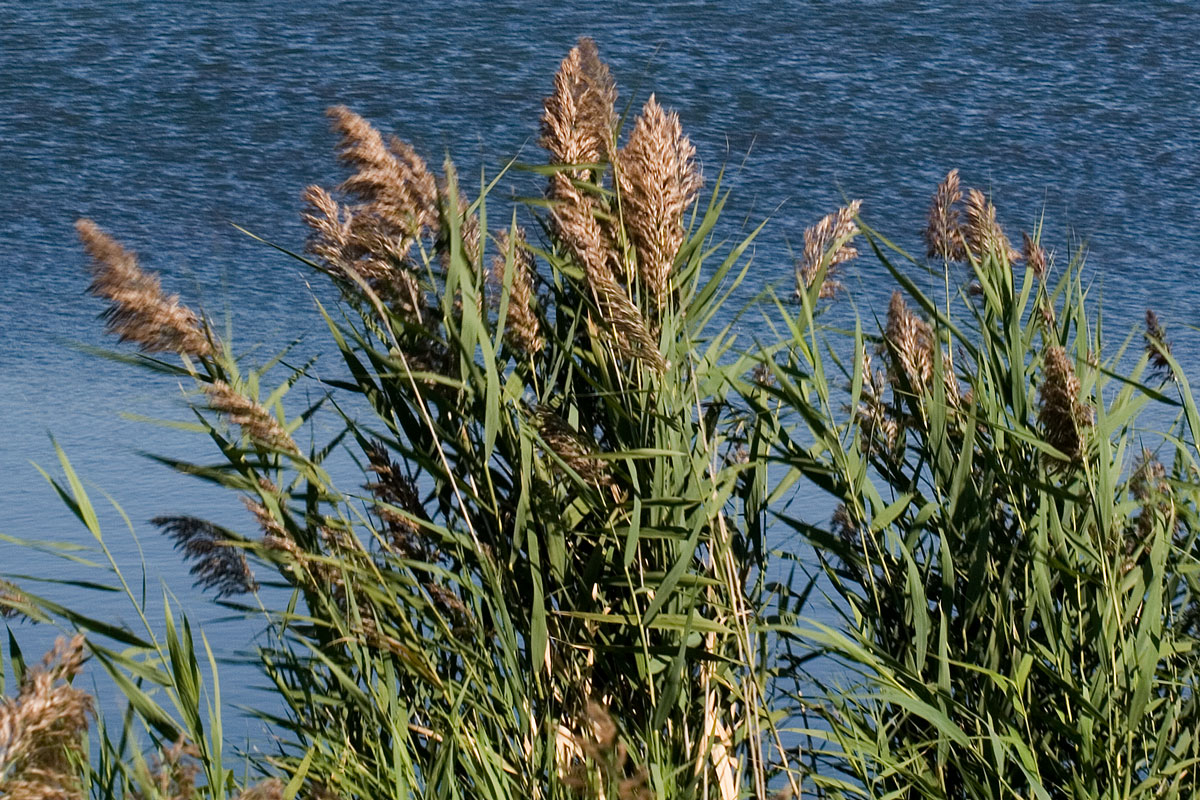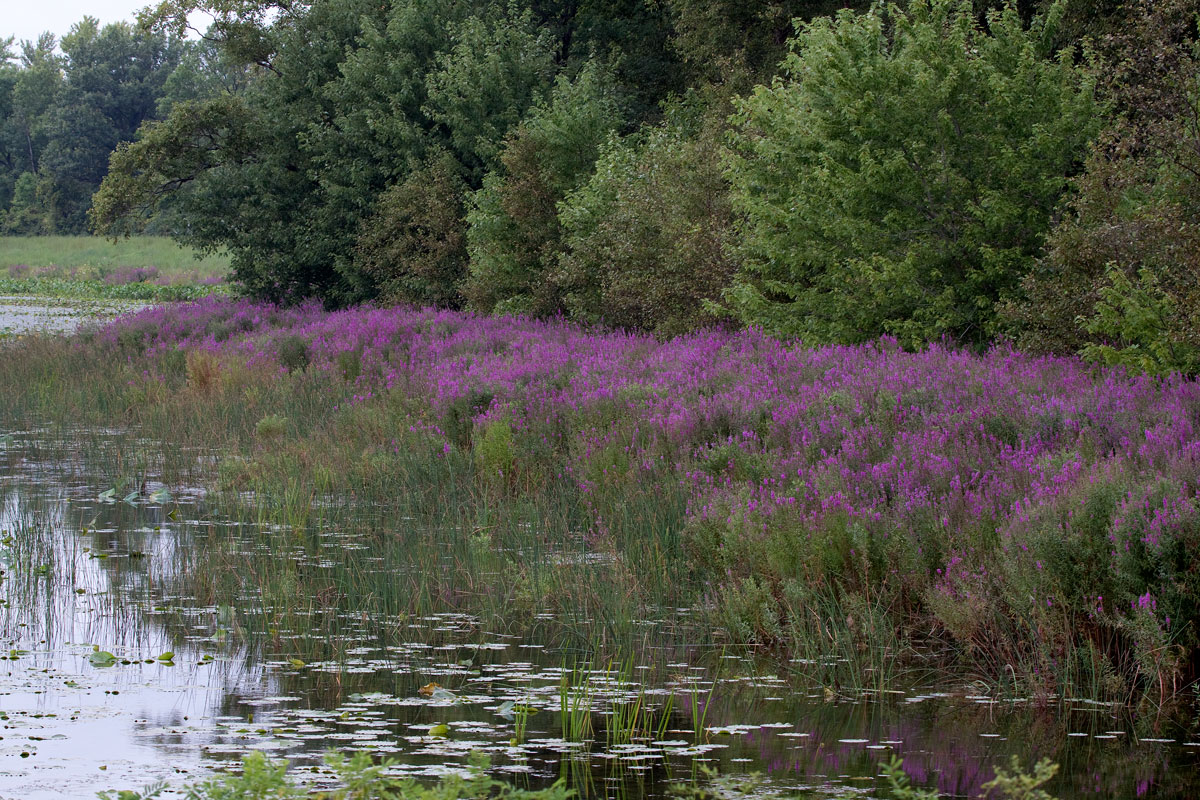Lake Michigan is part of the Great Lakes Watershed. It’s connected to the Atlantic Ocean by way of the St. Lawrence Seaway, and to the Gulf of Mexico by the Illinois Waterway. These connections are important shipping lanes for products to and from the states surrounding the Great Lakes, hosting a $34-billion shipping industry. Unfortunately, these connections also provide a corridor for the spread of exotic (non-native) species.
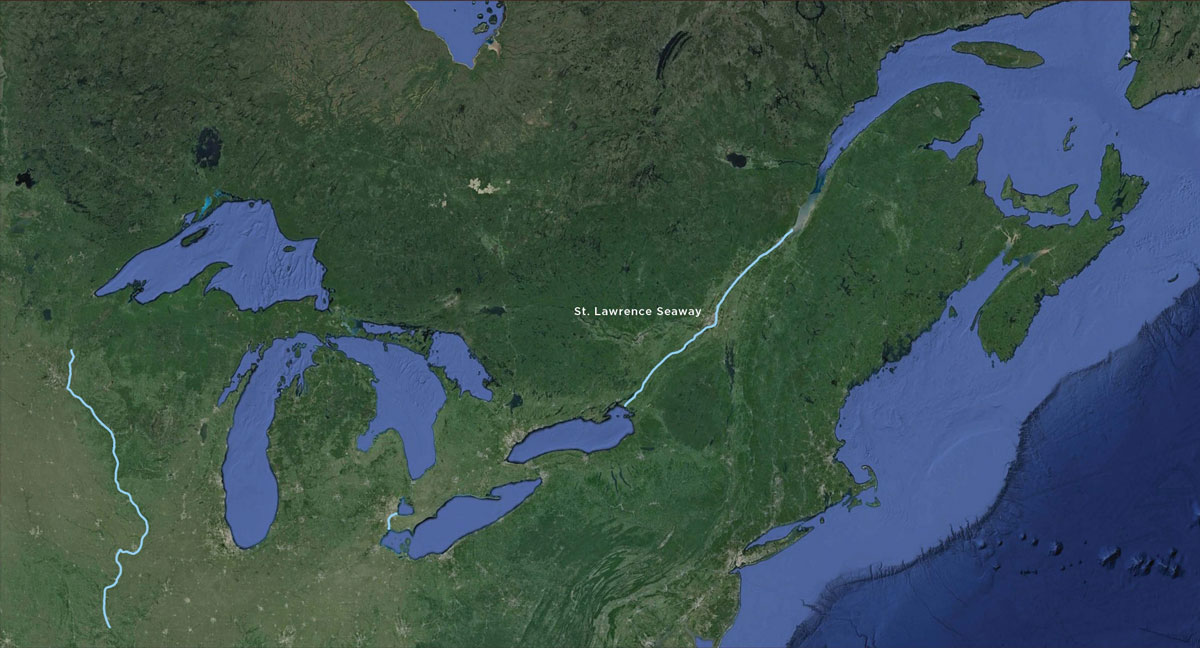
Over 180 exotic species are now found in the Great Lakes, including:
Zebra Mussels
Spiny Water Flea
Faucet Snail
Banded Mystery Snail
New Zealand Mudsnail
Rusty Crayfish
Corbicula Clam Species
Sea Lamprey
Round Goby
Alewife
Eurasian Ruffe
Grass Carp
White Perch
Rudd
Eurasian Watermilfoil
Brazilian Elodea
Purple Loosestrife
Curlyleaf Pondweed
Hydrilla
European Frogbit
Water Chestnut
The threat of invasive species
Aquatic invasive species damage natural areas by decreasing native biodiversity, introducing disease to wild populations, and changing how ecosystems function. They can also decrease recreational opportunities such as fishing and hiking, harm human and livestock health, and impede electricity production and drinking water distribution by clogging pipes. Aquatic invaders are usually expensive to control and often impossible to eradicate, therefore preventing their spread is vital.
What can be done?
Measures have been taken to reduce the importation of exotic species by ships. The general public is asked to help prevent their spread as part of the “Be a Hero: Transport Zero” campaign. Remove any plants or animals attached to your gear. Drain and allow your equipment to dry completely before using at another location and never release live organisms into the wild. For more information, visit: www.transportzero.org and takeaim.org.
Examples of invasions
Zebra mussels
- introduced into the Great Lakes in 1986 from bilge water in ships
- originally from the Black/Caspian Seas
- rapid colonization rates
- filter phytoplankton needed by juvenile sportfish
- caused declines of native bivalves and other invertebrate species
- cause millions of dollars in damage to equipment and infrastructure by clogging pipes and motors
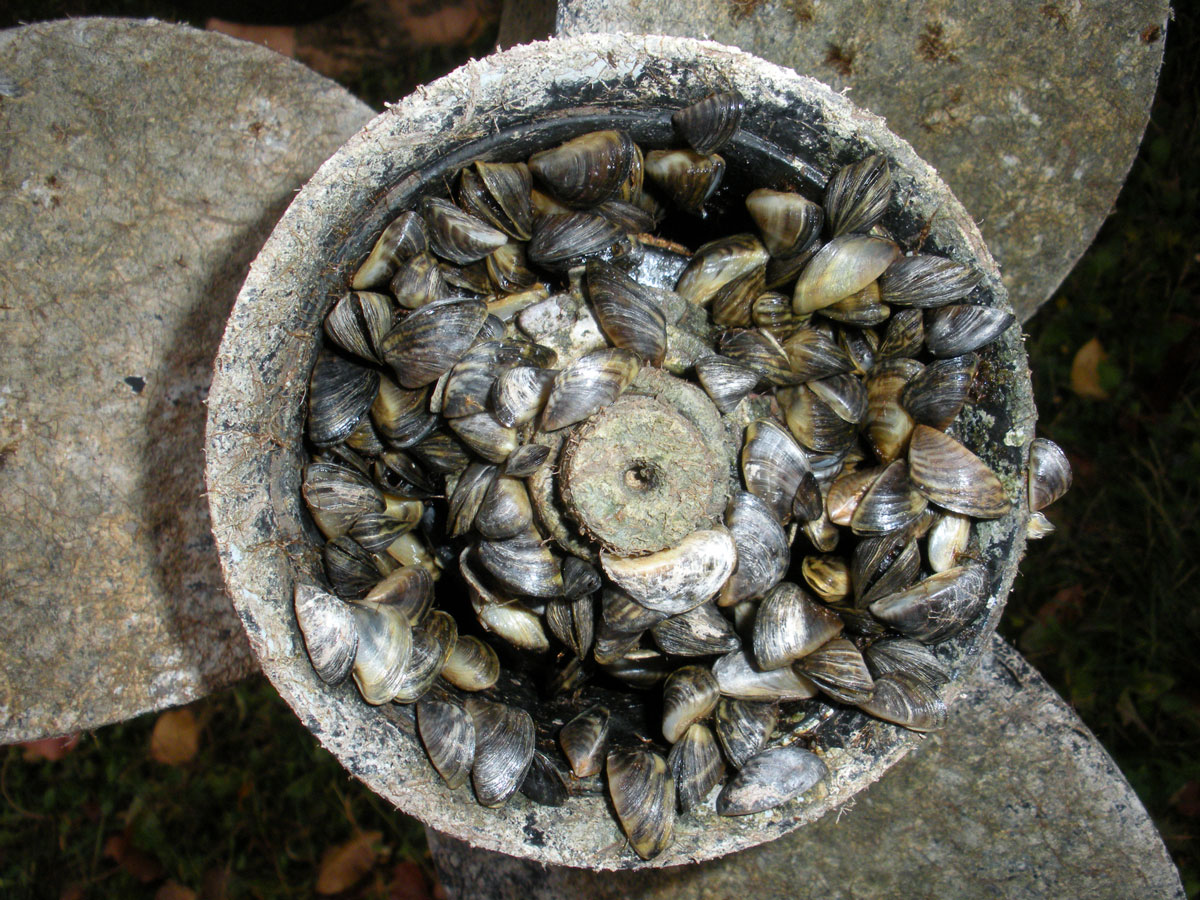
Invasive plants invading wetlands
Our coastal wetlands were once home to a wide variety of native plants and animals. Unfortunately, non-native plants like Common Reed and Purple Loosestrife have invaded many of these wetlands, degrading them in the process.
